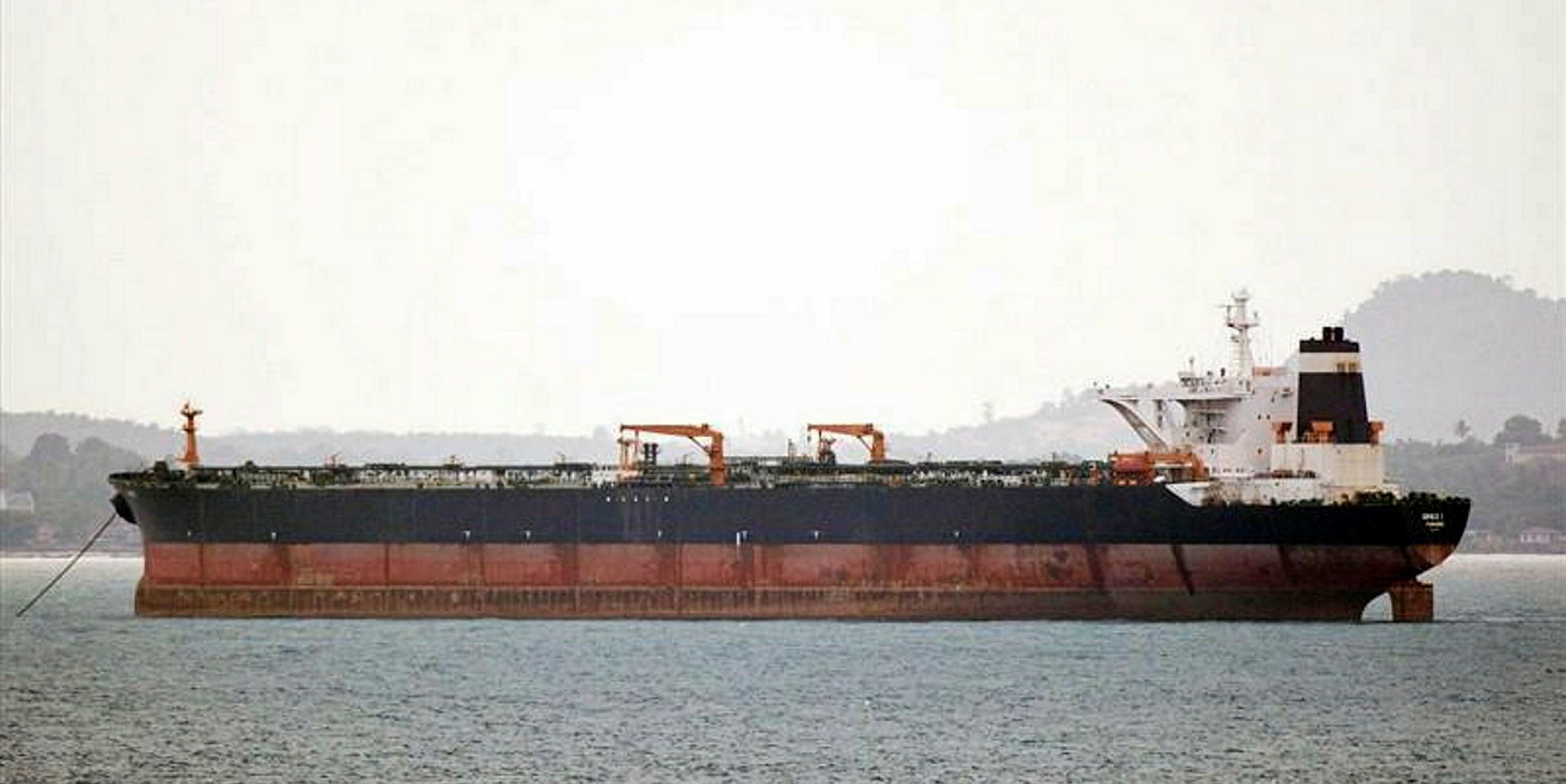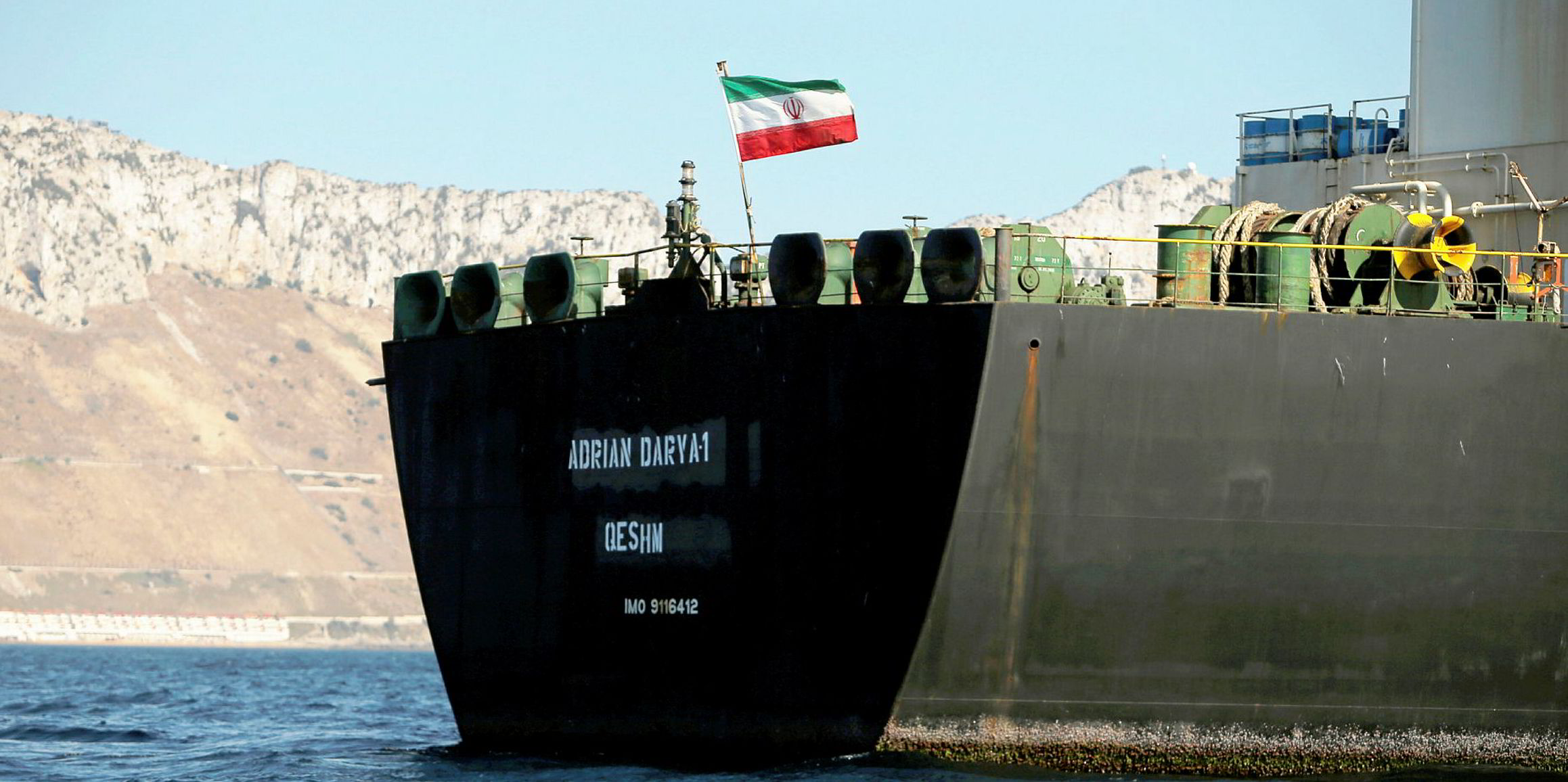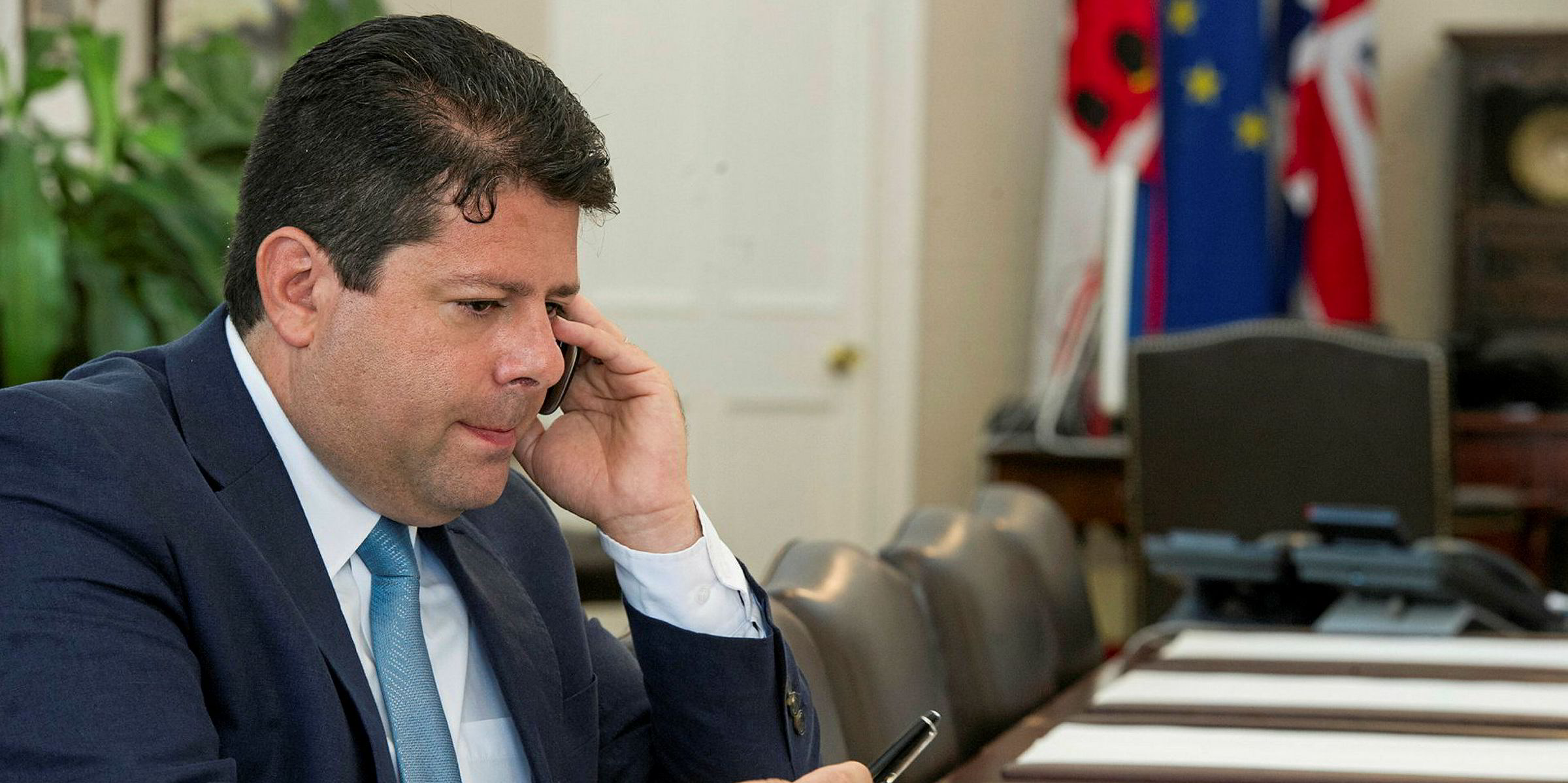Automatic identification system data for the Iran-connected VLCC at the centre of east-west geopolitical turmoil briefly went dark, following the US cautioning Mediterranean ports against aiding the ship.
The 300,600-dwt Adrian Darya 1 (built 1997), formerly the Grace 1, last reported a position Tuesday at 7:17 a.m. (617 GMT) while sailing in the about 58 miles north of Oran, Algeria, according to data from MarineTraffic. The signal was back Wednesday, with the ship most recently at between the Belearic Islands and Algiers.
The tanker, laden with 2.1 million barrels of crude oil, is reportedly headed to Kalamata in Greece after being allowed to depart Gibraltar Monday. It is expected to arrive in the small port next Monday.
According to Reuters, the US State Department has made its "strong position" known to the Greek government and others.
The Adrian Darya 1 was arrested in Gibraltar by British forces 4 July over suspicions it was delivering crude oil to Syria. It was held there until 15 August, when the British overseas territory said it had received assurances that the cargo would not end up in the war-torn Middle Eastern state.
The US attempted to convince Gibraltar to hold the ship further, arguing that the ship, its cargo and $995,000 were subject to forfeiture based on the International Emergency Economic Powers Act, but was rebuffed.
Monday, US Secretary of State Mike Pompeo said when the cargo makes its way to market it will benefit Iran and its military.
He called the release of the Adrian Darya 1 "unfortunate."
"If they're successful, and we hope that they're ultimately not, they'll have more money, more resources" to carry on "terror" campaigns, he said.
"Weakness is never the right outcome."
Iran, meanwhile, has argued the US engaged in economic terrorism and piracy in attempting to hold the ship any longer and that any further attempts to seize the vessel would result in "heavy consequences."
Tensions between the US and Iran have been high since the US withdrew from a deal that saw sanctions eased in exchange for the Islamic republic limiting its nuclear program in May 2018.
A year later, Iran allegedly sabotaged four tankers in the Strait of Hormuz, where a significant portion of all the world's seaborne oil travels daily. In June, two more tankers were attacked, with the US blaming Iran and Iran denying involvement.
The Adrian Darya 1 was seized 4 July by UK forces, then the UK-flagged, 50,000-dwt Stena Impero (built 2018) on 19 July by Iran.
It is generally assumed that freeing the Adrian Darya would secure the Stena Impero's release, though that has not happened yet.
This story has been updated since publication to show that AIS data for the Adrian Darya 1 became available again Tuesday.






